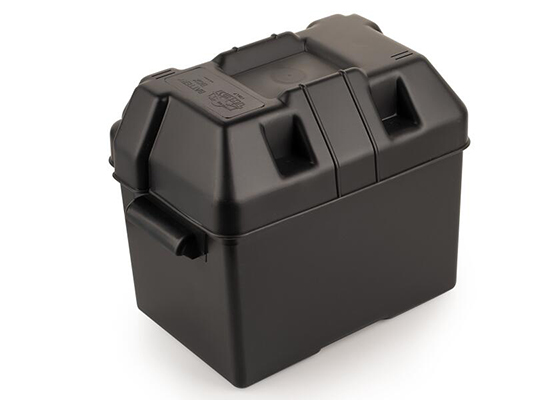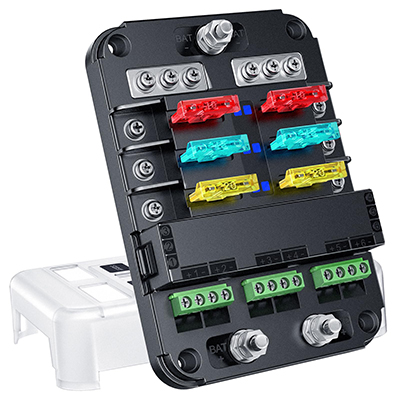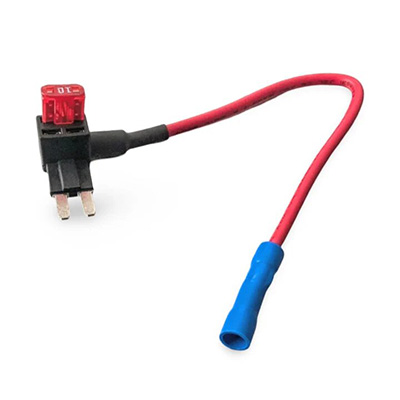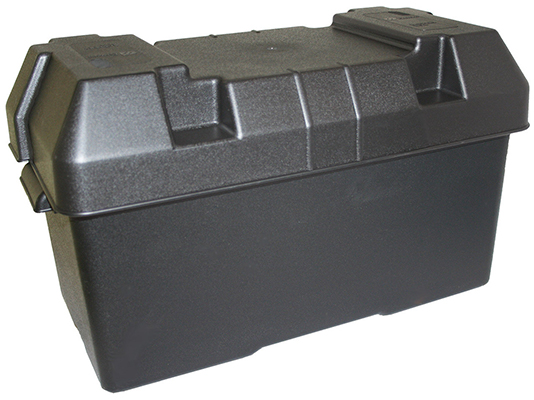Ultimate Guide to Diagnosing, Repairing, and Securing a Loose Car Battery Enclosure with Advanced Fastening Methods
News 2025-10-20
A loose car battery box can pose serious risks, including electrical shorts, acid leaks, and even accidents during driving. This issue often arises from vibrations, corrosion, or improper installation in vehicles subjected to rough terrain or heavy use. Addressing it promptly ensures vehicle safety, reliability, and longevity. In automotive applications, a secure battery mounting is crucial for maintaining performance under diverse conditions, such as off-road adventures or daily commutes in urban areas. By focusing on robust solutions, you can prevent downtime and costly repairs, enhancing overall vehicle efficiency.

Identifying the Root Causes of Loose Mounting
Loose battery boxes typically stem from factors like excessive road vibrations, material degradation, or faulty initial assembly. For instance, in trucks or SUVs frequently driven on uneven surfaces, constant jolts can loosen bolts or wear out rubber isolators. Corrosion from battery acid or environmental exposure further weakens mounting points. A thorough inspection involves checking for visible wear, testing bolt tightness with a torque wrench, and examining the box for cracks. Understanding these causes helps in selecting appropriate fixes that target specific vulnerabilities, improving the mounting’s durability and resistance to daily stresses.
Implementing Secure and Durable Mounting Solutions
To fix a loose battery box, start with high-quality fasteners like stainless steel bolts and anti-vibration mounts, which offer superior corrosion resistance and shock absorption. In performance vehicles, using damping materials such as neoprene pads can minimize movement, reducing wear on electrical connections. For enhanced stability, consider bracket reinforcements or adhesive-backed straps that distribute load evenly. These solutions excel in scenarios like high-speed driving or extreme temperatures, providing better electrical contact and extending battery life. Opt for components with high tensile strength to ensure long-term reliability without compromising space or weight.
Frequently Asked Questions
1、What are the signs of a loose car battery box?
Look for rattling noises, difficulty starting the engine, or visible movement when the hood is open. Early detection prevents potential damage.
2、How often should I check battery mounting?
Inspect it every 6 months or after off-road use to maintain safety and performance in various driving conditions.
3、Can upgrading mounts improve battery performance?
Yes, better mounts reduce vibration, leading to longer battery life and more reliable electrical systems in demanding environments.


